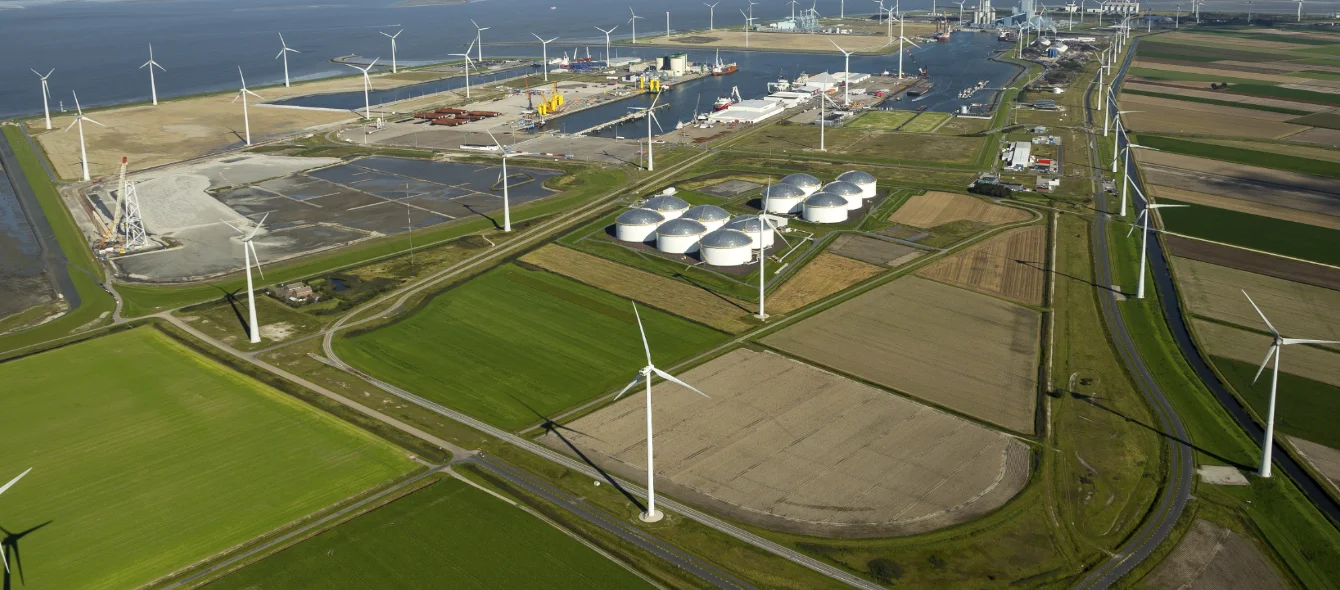Hydrogen production has rapidly become a central aim of energy transition policies in Europe. Currently mostly made from natural gas or as a by-product of refinery processes – both of which entail significant carbon emissions – there is an urgent need simultaneously to scale up and clean up production of the gas. NortH2 is an ambitious project which intends to do just that by harnessing the power of offshore wind. Sited off the northern Dutch coast, a consortium comprising some of the biggest players in the European energy sector – Gasunie, Shell Nederland, Equinor, RWE and Groningen Seaports – has plans to install as much as 4 gigawatts (GW) of offshore wind capacity by 2030, rising to 10 GW by 2040.
The underlying principle is simple, green hydrogen production requires more green power, but the role of hydrogen in the future energy system has much more significance. Increased wind and solar power mean more variability in electricity generation, while energy demand varies over the day, week and seasons. By deploying a power-to-gas system, large amounts of energy can be stored as hydrogen, providing a critical buffer between swings in energy generation and demand. Preparations are already underway to use salt caverns for large-scale hydrogen storage.
NortH2 - Kickstarting the green hydrogen economy
Full supply chain
However, NortH2 is not just about mass clean hydrogen production, but about creating a full deep-green supply chain. Electricity from the new wind farms will flow to a production facility in Eemshaven, where electrolysers, built up in 100 megawatts modules, will split water into its component parts, hydrogen and oxygen. From this hub, by 2040, 1,000,000 metric tons of hydrogen a year could be carried by a network of existing and new pipelines to industrial users, allowing them to substitute fossil fuels for hydrogen to generate power and heat. This will avoid 8 to 10 megatons of greenhouse gas emissions a year and, of equal importance, would put northwest European industry on a sustainable pathway to net zero. NortH2 would help solve one of the most intractable areas of decarbonisation – industrial processes which need heat, but are difficult and expensive to electrify.
Government support essential
The initial costs of creating a full hydrogen supply chain – clean power, transmission, conversion, storage and distribution – are inevitably high, and all elements of the chain need to be developed in tandem, making government support and planning critical. However, the initial feasibility study for the project looks good. Green hydrogen can provide a competitive option. The key to this is NortH2’s scale, which will bring down the costs of electrolysis through deployment, learning and technological innovation to create a flourishing hydrogen market. According to the consortium, the initial study results show no reason not to proceed and a second more in-depth investigation is already underway with results likely after the summer.
